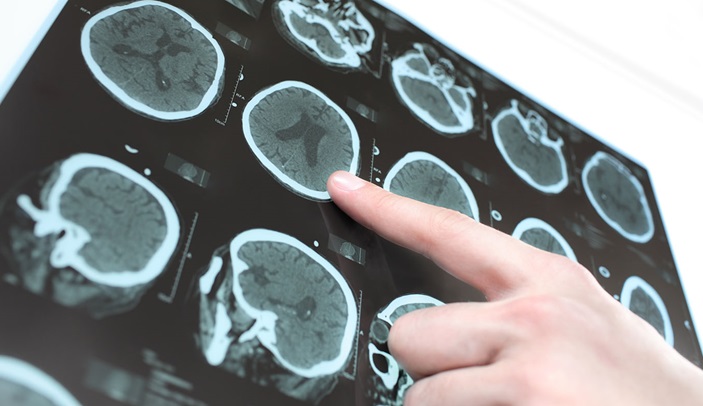
Who Is Most Likely to Get Parkinson’s Disease?
Parkinson’s disease is the second most common neurodegenerative disease in the United States, affecting approximately 500,000 people.
It is a brain disorder that can cause uncontrollable movements, including shaking, as well as balance and coordination issues that progressively worsen. Although Parkinson’s disease can affect anyone, some factors increase your chances of battling this condition.
Parkinson’s Disease and Gender
Men are more likely to develop Parkinson’s than women. The reasons for this are still unclear, but scientists believe it could be a combination of factors, including having more exposure to chemicals in fields of employment that men traditionally hold, like agriculture.
Hormones could also be at play since estrogen deprivation destroys neurons that produce dopamine, and lack of dopamine has been associated with Parkinson’s disease.
Men also have more of a protein called alpha-synuclein, which has been implicated in the development of the disorder because it can cause neuronal death.
Genetic Factors at Play
Individuals with a parent or sibling with Parkinson’s disease are twice as likely to develop the disease. Several genes are linked to the disease, including:
- SNCA
- LRRK2
- PARK2
- PARK7
- PINK1
Mutations in these genes can lead to the development of the disease, some requiring only one parent to have the mutation for the disorder to happen.
Environmental Exposures
Having been exposed to pesticides, certain detergents and solvents, and heavy metals can all increase the chances of developing Parkinson’s.
Knowing whether the cause of Parkinson’s stems from this exposure is difficult because, usually, many years pass before the disease develops, but it is a link in a chain of factors that can increase your risk.
Head Trauma
Repeated head trauma can also make you more likely to develop Parkinson’s. One of the reasons for this is that a head injury can increase alpha-synuclein. Trauma can also lead to the damage of neural tissue and the release of cellular breakdown products, which then act on healthy brain cells and increase alpha-synuclein levels.
Seeing a spike in the levels of that protein is a diagnostic tool for Parkinson’s disease, so it seems logical that anything that causes the spike can be a factor in the disease’s development and progression.
Managing Parkinson’s
By better understanding the factors that can impact the chances of developing Parkinson’s disease, scientists can work toward finding ways of preventing it and managing it.
Regenerative medicine uses stem cells to help the body heal itself and is a promising branch of medicine for managing neurodegenerative conditions.
It can already help diminish symptoms of Parkinson’s disease and has been studied to show its capabilities of slowing down the condition, so, given time, stem cell therapies might be the answer to this complex and debilitating condition.
This post was written by a medical professional at Stemedix Inc. At Stemedix we provide access to Regenerative Medicine. Regenerative medicine has the natural potential to help improve symptoms sometimes lost from the progression of many conditions.






